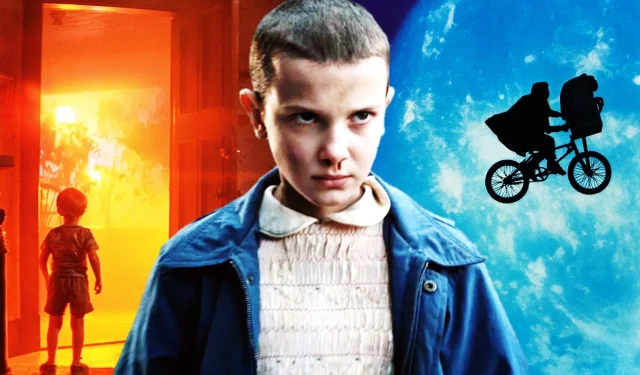
The Netflix sensation Stranger Things has masterfully woven references to a myriad of classic science fiction films throughout its four-season run. Created by the Duffer brothers, the series draws inspiration from a diverse range of iconic movies, signaling its admiration for both classic and obscure elements of pop culture. Notably, the influence of Stephen King is prevalent, with character parallels like Eleven and Carrie White and group dynamics reminiscent of King’s works such as It and Stand by Me.
While the series showcases well-known cinematic references, it also pays homage to lesser-known aspects of ’80s culture. The show’s eerie vibe channels the essence of John Carpenter’s films, with creature designs echoing the works of H.P. Lovecraft. Incorporating themes of covert governmental experiments, the Duffer brothers creatively link their narratives to real-life Cold War conspiracy theories, enhancing the story’s rich layers. The homage to legendary science fiction films ranges from The Thing to Back to the Future and The Empire Strikes Back.
10 Predator
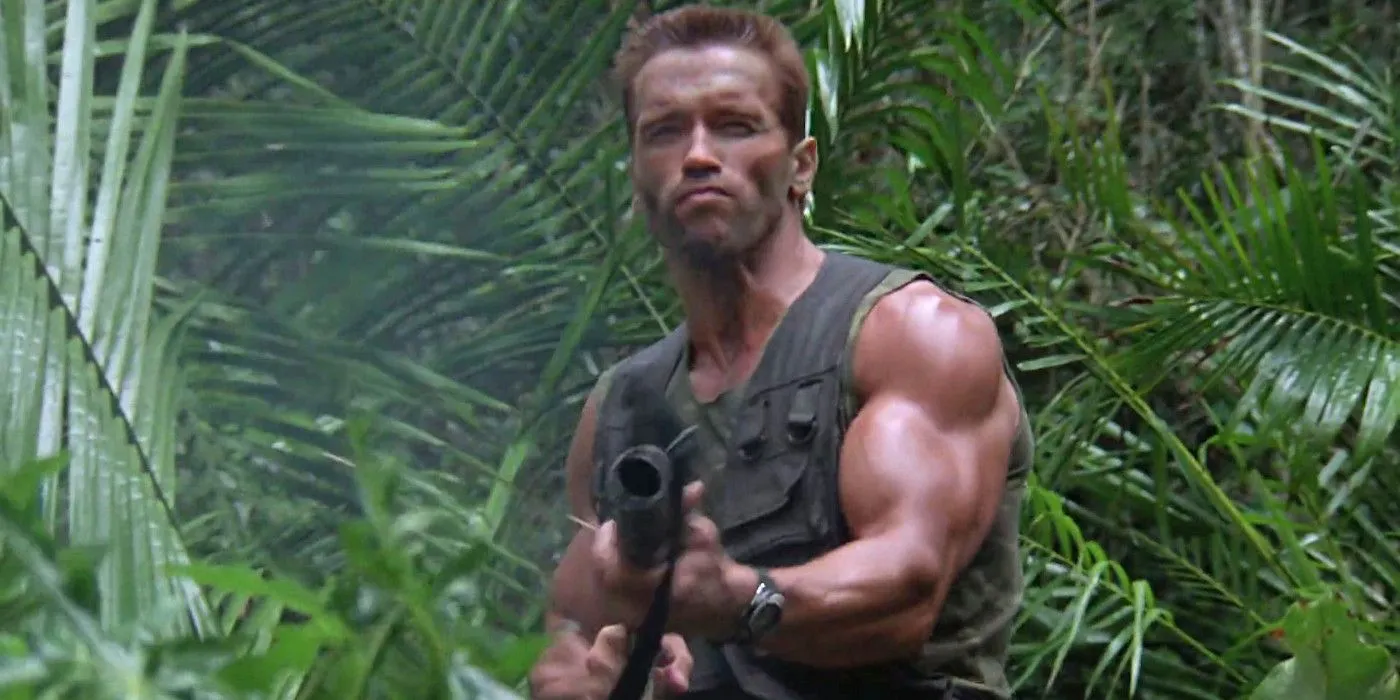
A particularly subtle homage in Stranger Things is its reference to the action-adventure classic Predator directed by John McTiernan. Although creatures like Vecna and the Demogorgon differ in appearance and defeat strategies from the eponymous Predator, the connection lies deeper than surface-level visuals. The character name Jim Hopper is an intriguing nod, named after the leader of a failed rescue team depicted in a blink-and-miss shot of dog tags, illustrating the meticulous attention to detail the Duffer brothers employ.
9 Ghostbusters
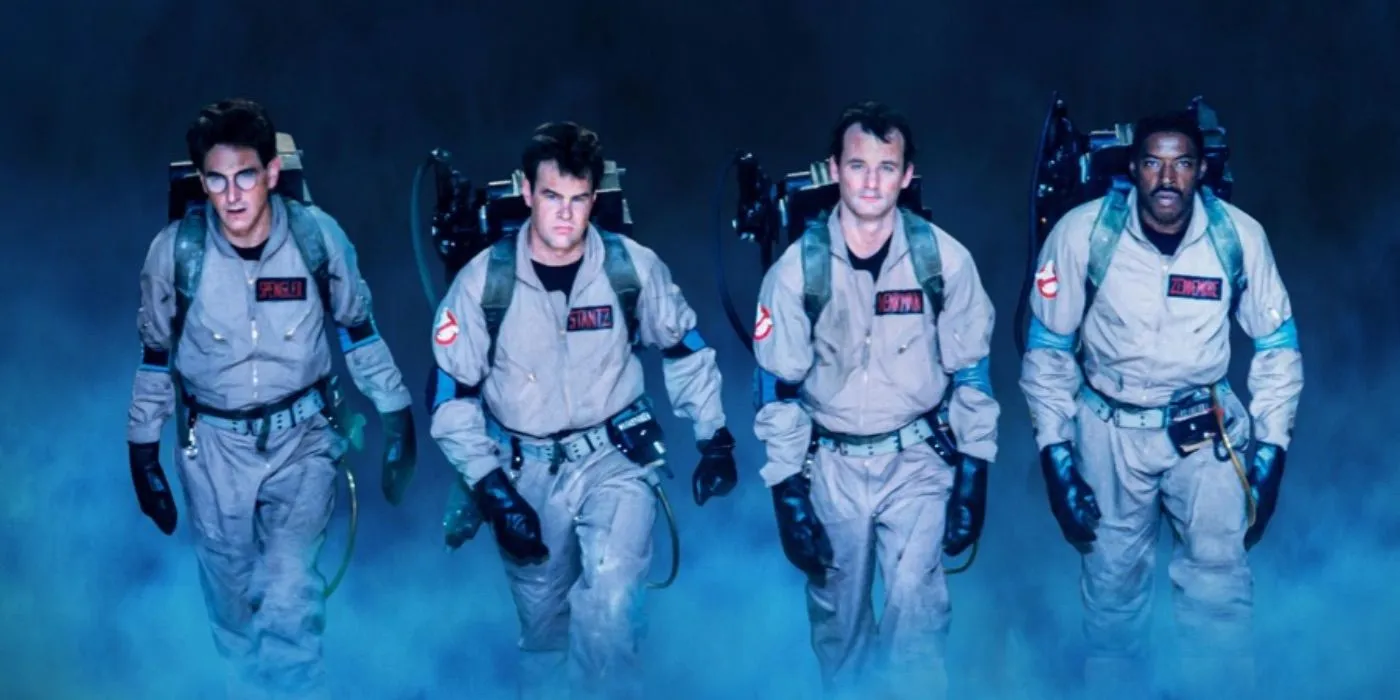
In contrast, the allusion to Ghostbusters is overt and easily recognizable. During the season 2 premiere set in October 1984, Mike and his friends don Ghostbuster costumes to celebrate Halloween. Released just four months prior, Ghostbusters had left an imprint on this generation, making it a fitting and nostalgic choice for their outfits. Coincidentally, Finn Wolfhard, who plays Mike, later ventured into the official Ghostbusters universe.
8 Akira
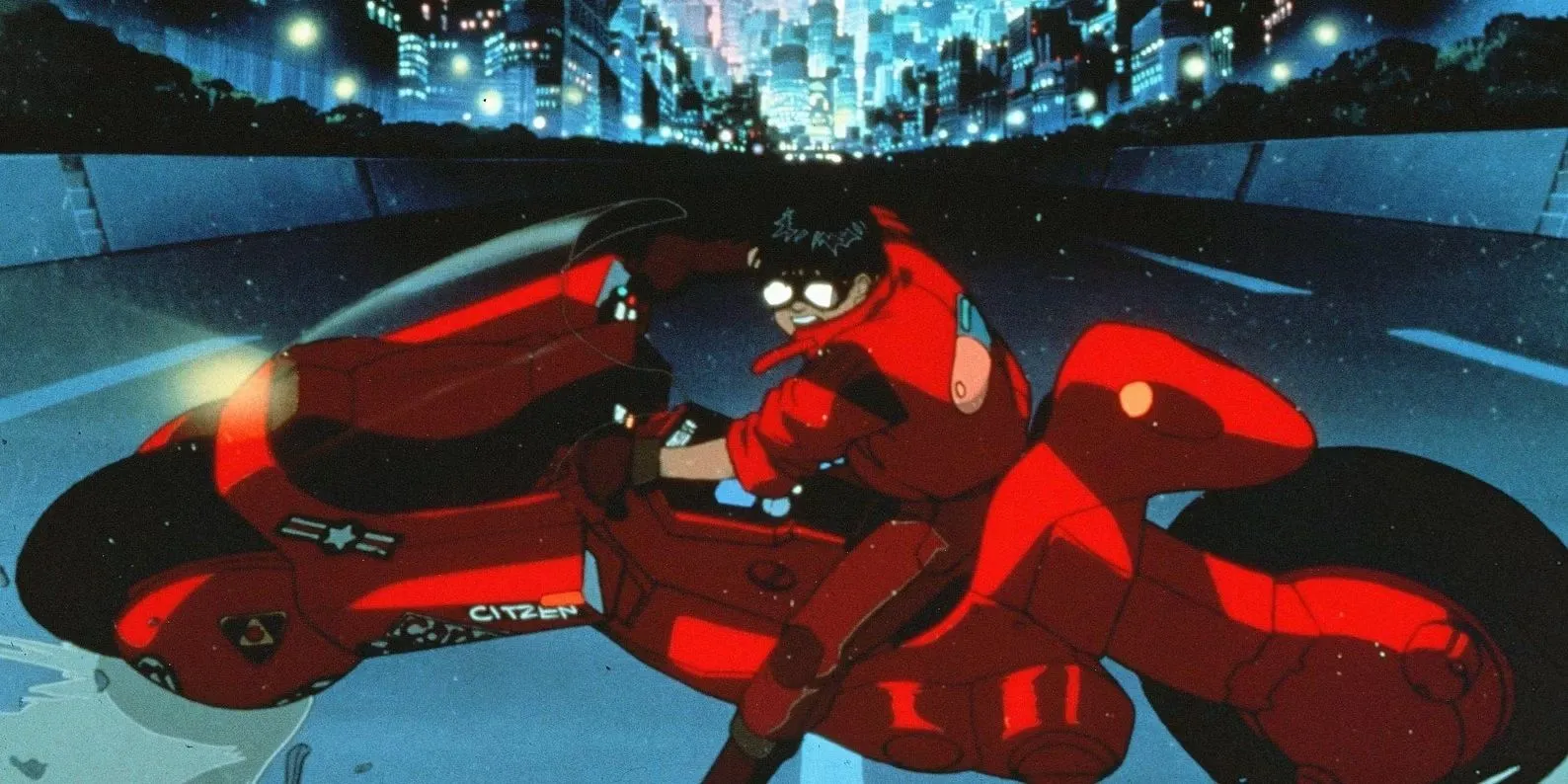
Although the cyberpunk aesthetic of Katsuhiro Otomo’s anime Akira isn’t a hallmark of Stranger Things, there are notable thematic parallels, particularly in the character trope of Eleven and the character Akira. Both narratives revolve around youth endowed with psychic abilities, subjected to government experimentation. This sheds light on the broader narrative of exploited potential, with Eleven and Akira positioned as reluctant heroes fighting against oppressive forces to safeguard their friends.
7 Back To The Future
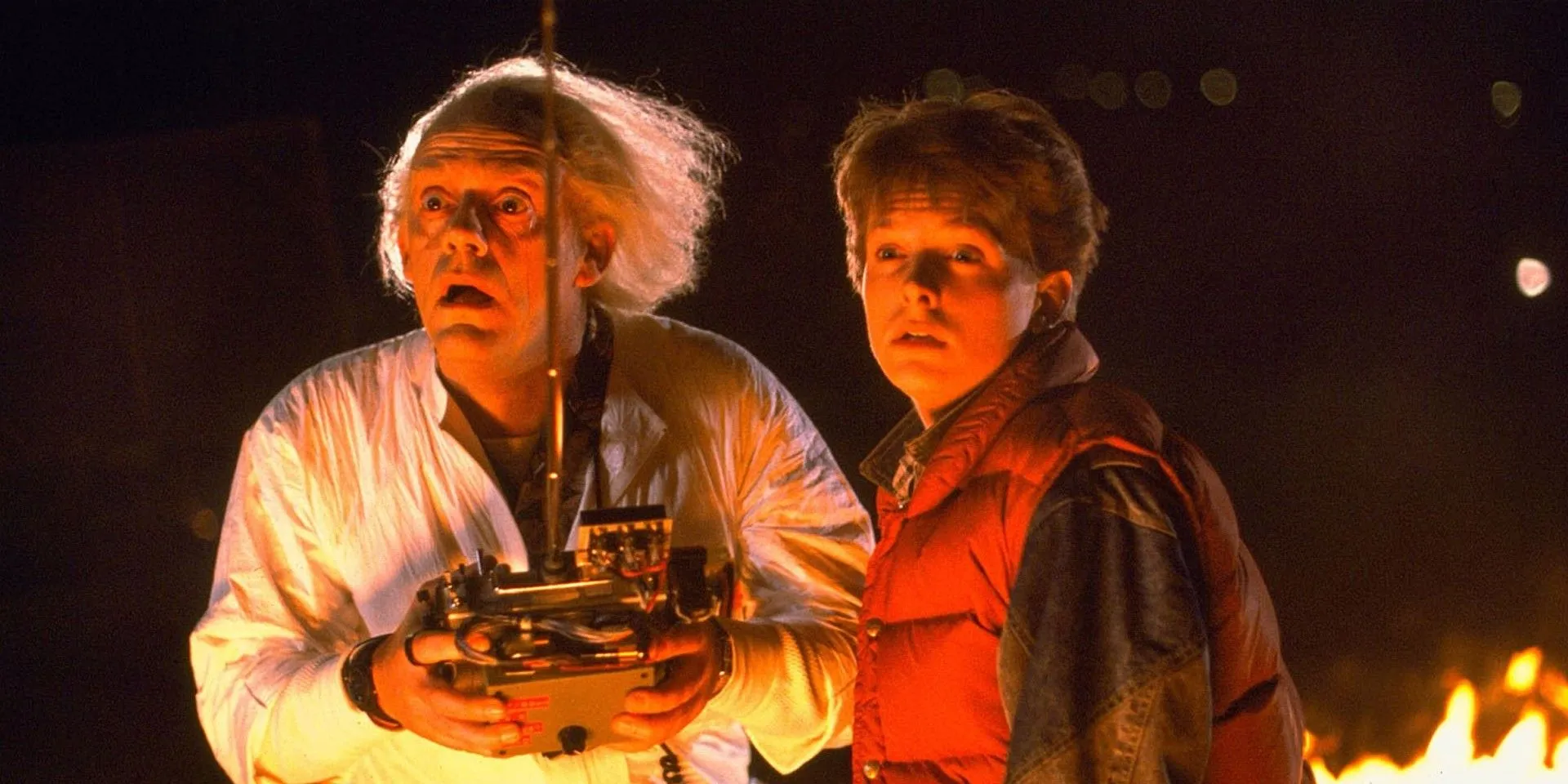
The iconic time-travel film Back to the Future finds its way directly into the fabric of Stranger Things. While time travel hasn’t yet been a narrative device in the series, the film plays a crucial role during a scene in season 3. Set in the Starcourt Mall, characters Steve, Robin, Dustin, and Erica find refuge watching the film, leading to comedic moments, particularly Robin’s confusion about the plot’s context, which serves not only as a nod to the film but also an exploration of teen perceptions.
6 Invasion Of The Body Snatchers
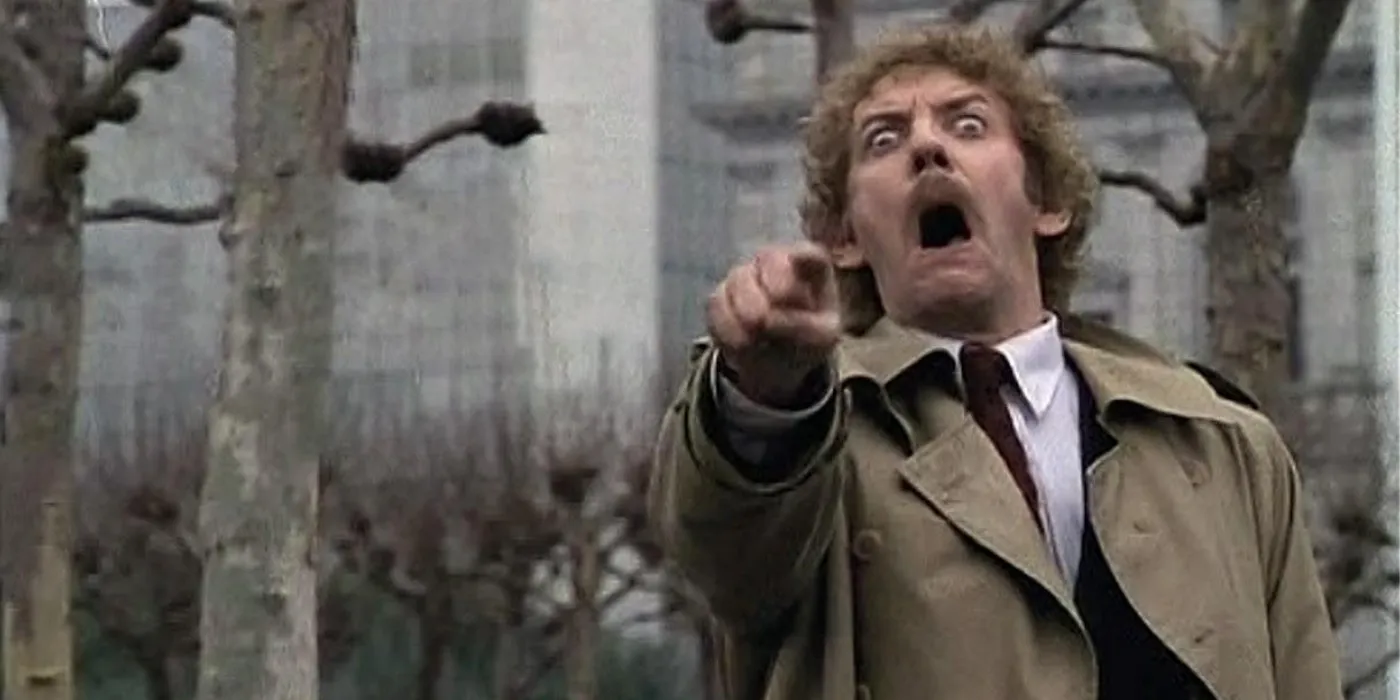
Adapting from literature, Stranger Things cleverly borrows from the premise of Invasion of the Body Snatchers. This sci-fi classic delves into themes of paranoia and alien control, mirroring the formidable influence of the Mind Flayer over Hawkins residents in season 3. Just as the original films depicted alien impostors, the Mind Flayer’s manipulation showcases how external threats can deeply infiltrate community trust.
5 E.T. The Extra-Terrestrial

The narrative structure of Stranger Things resonates with the heartwarming elements found in Steven Spielberg’s E.T. The Extra-Terrestrial. The parallels between the Byers family and Elliott’s household enrich the storyline, showcasing the struggles of a single mother and her two sons. The defining moments where Mike builds rapport with Eleven closely mirror Elliott’s adventures with E.T., solidifying Eleven’s role as a beloved, otherworldly companion.
4 The Thing
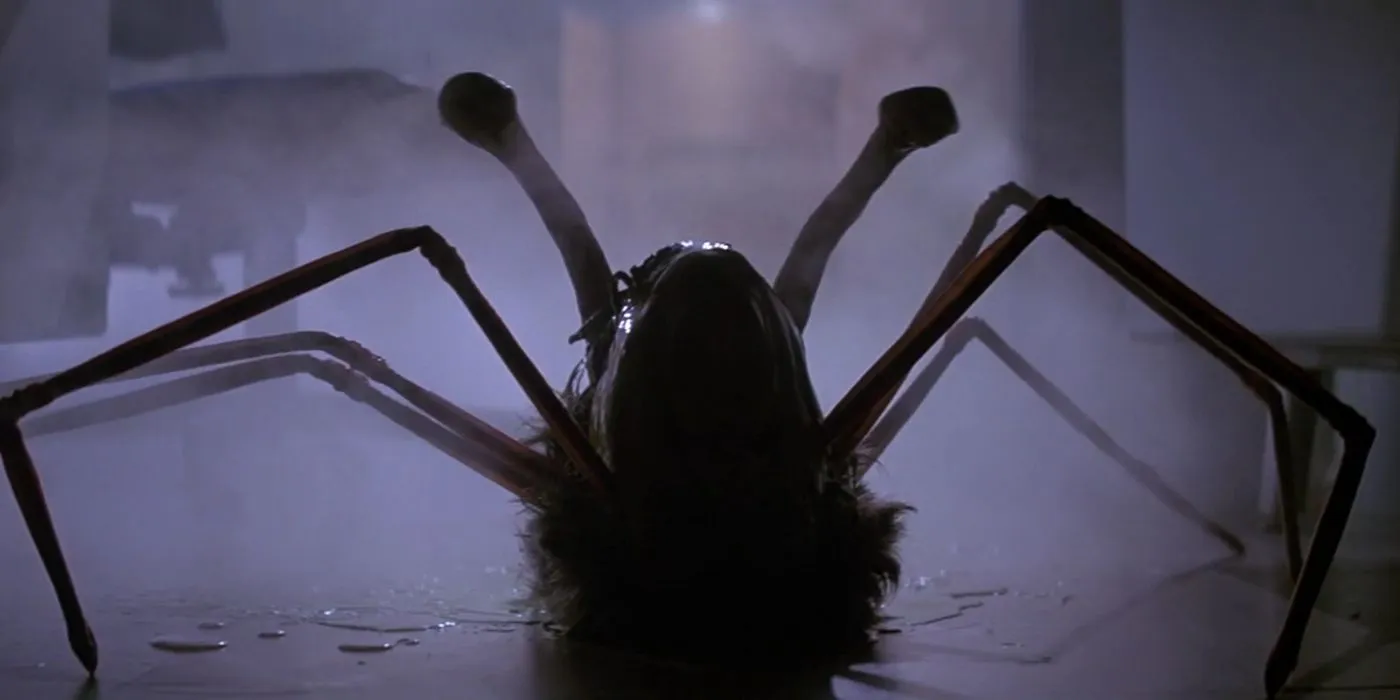
Guided by the legacy of John Carpenter’s The Thing, the Duffer brothers’ emphasis on practical effects enhances the gritty realism in Stranger Things. While CGI contributes to the surreal environments of the Upside Down, practical effects remain fundamental in depicting the show’s terrifying creatures. The inclusion of a The Thing poster in Mike’s basement serves as a loving tribute to the innovations in special effects that have significantly shaped modern horror.
3 The Empire Strikes Back
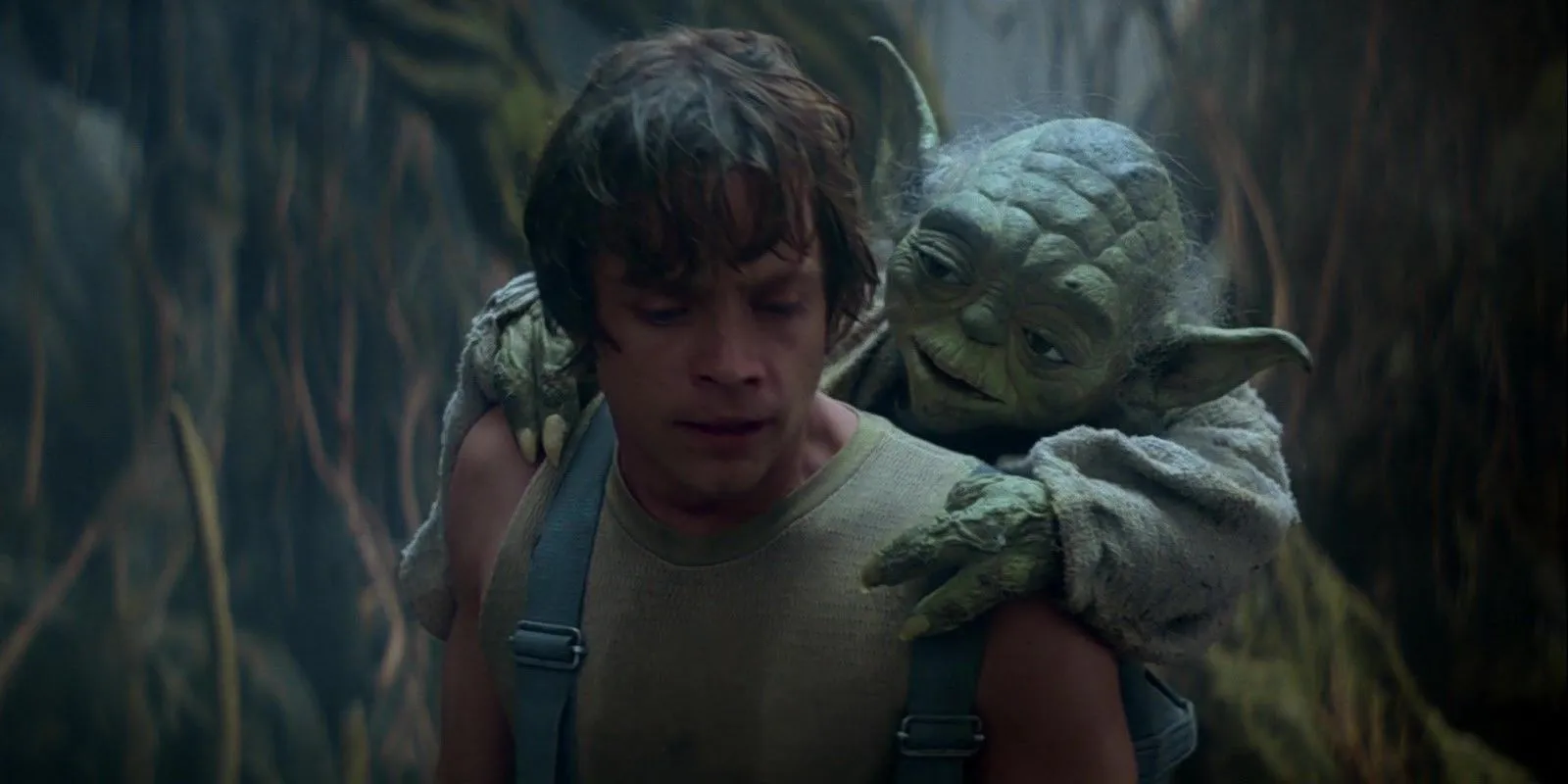
Stranger Things unavoidably pays homage to the original Star Wars trilogy given its setting among dedicated fanboys in the 1980s. Dustin’s commentary on Lando Calrissian’s character exemplifies the show’s integration of popular culture into its dialogue. The comparison of Eleven’s powers to Yoda’s mastery of the Force underscores the series’ thematic roots, while a Yoda toy poignantly appears in Mike’s collection, anchoring the interconnectedness of these beloved franchises.
2 Close Encounters Of The Third Kind
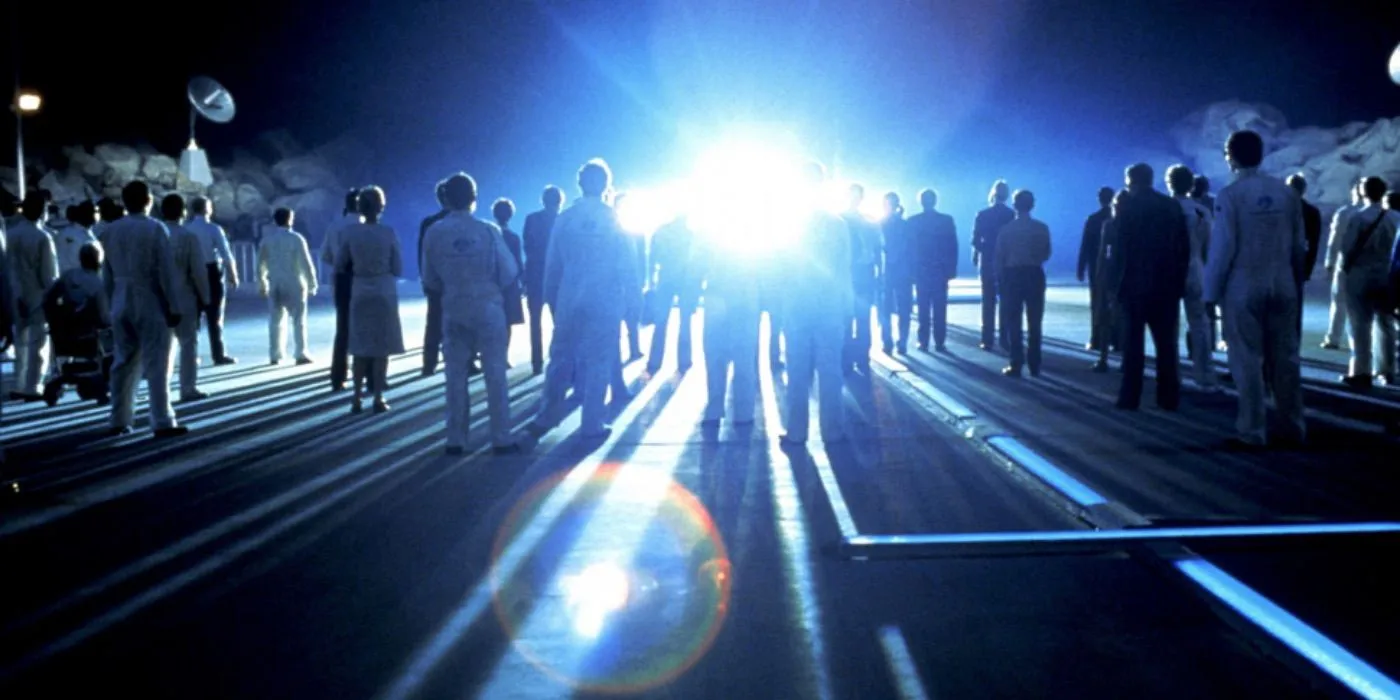
The character dynamics in Stranger Things draw parallels with Roy Neary’s quest in Close Encounters of the Third Kind. Joyce Byers exhibits a similar obsession as she doggedly pursues the truth of her son Will’s disappearance, embodying the amalgamation of personal loss and extraterrestrial intrigue. Both characters encounter a mysterious force that challenges their sanity in the eyes of others, crafting a narrative steeped in tenacity and hope.
1 Altered States
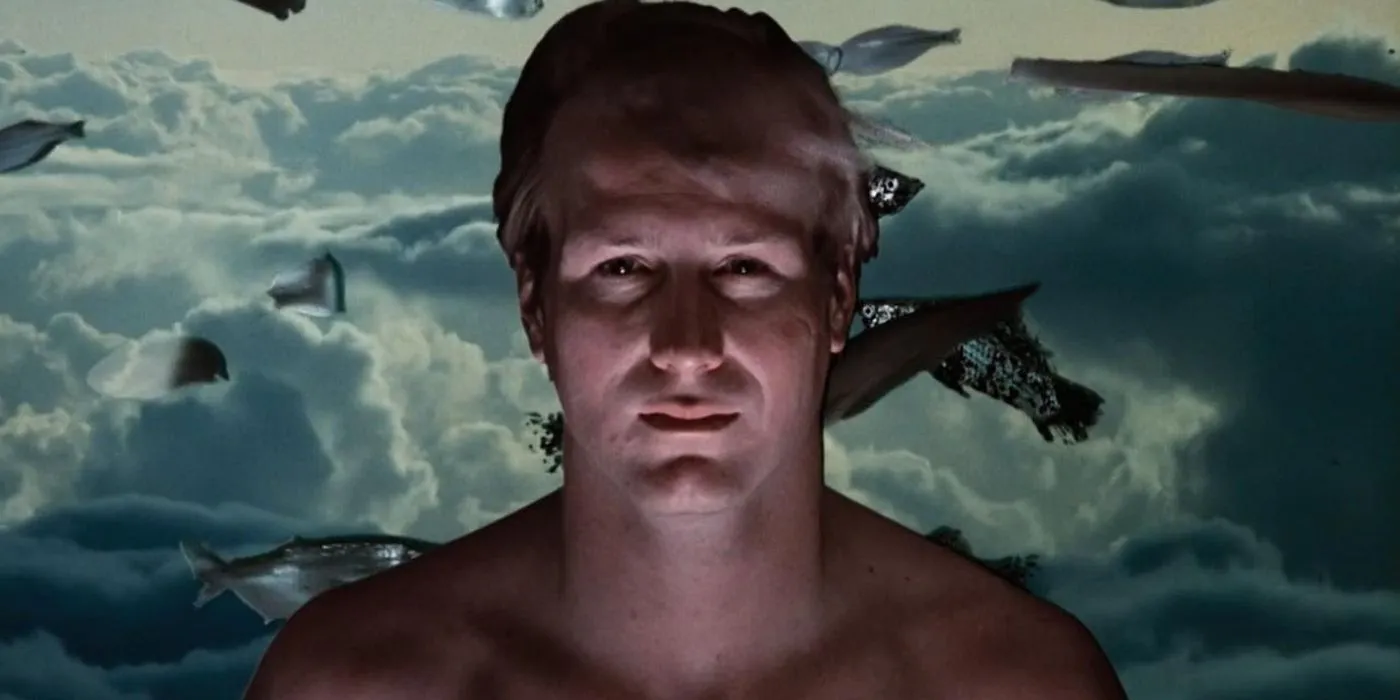
Among the most profound aesthetic influences of Stranger Things is Ken Russell’s Altered States. The visual motif of flotation tanks serves as a focal point, mirroring the scientific experiments conducted on Eleven involving sensory deprivation and exploration of the Upside Down. Furthermore, Terry Ives’ background as a test subject for Project MKUltra reflects the surreal and often disorienting experiences depicted in Altered States, weaving a complex narrative thread that enhances the show’s emotional resonance.




Leave a Reply